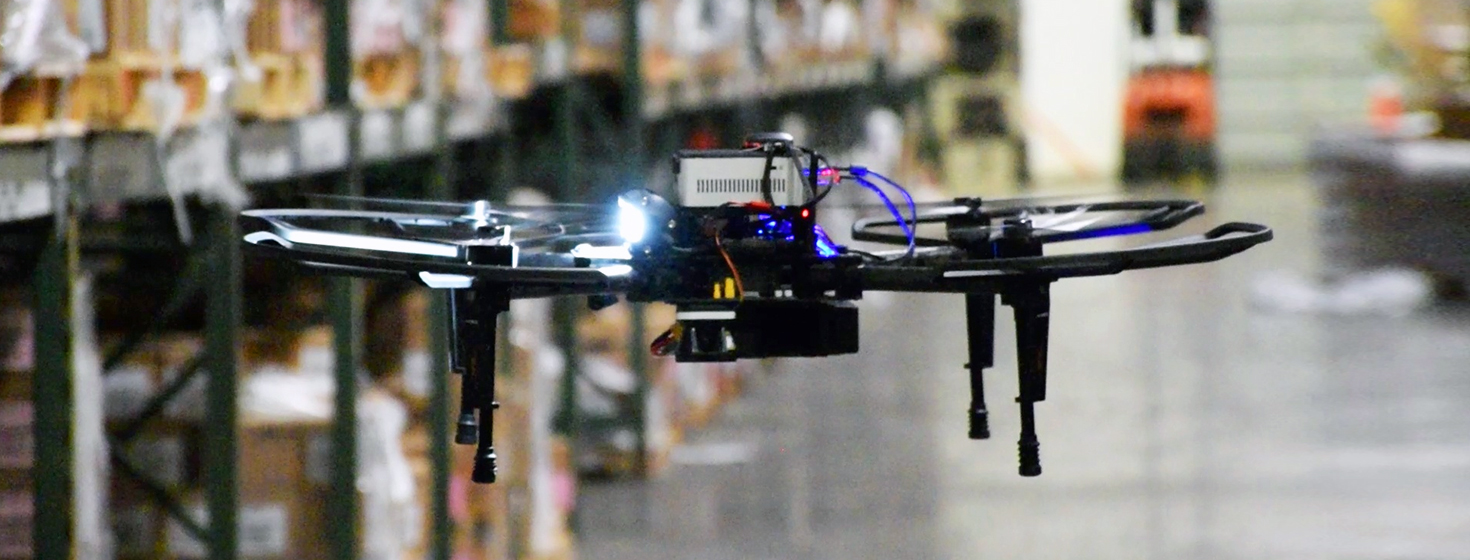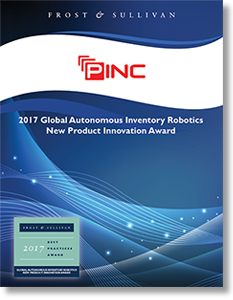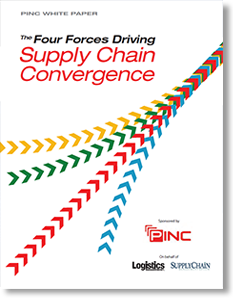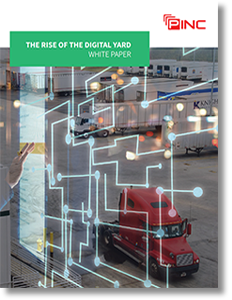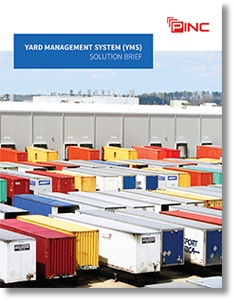5 Ways to Streamline Supply Chain Logistics Operations with Autonomous Robots & Drones
Many companies have already integrated autonomous robots into their supply chain, however, for some companies considering launching an autonomous robot strategy it can be intimidating, here are five examples of how autonomous robots and drones can work to streamline your supply chain operations.

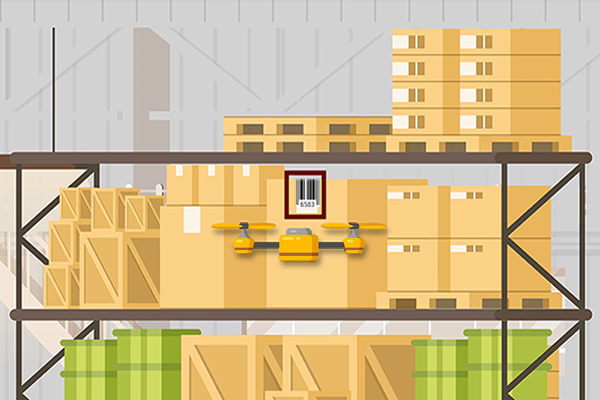
Integrating Autonomous Robots
The opportunities to integrate autonomous robots exist at every stage of the supply chain, where improved efficiencies, lower costs, safer work environments, and higher productivity levels are just a few of the returns that organizations are seeing from their robotics investments.
For companies that aren’t already using autonomous robots, launching a strategy can be intimidating.
It sounds expensive, for starters, and the idea of putting robots on an assembly line, in a warehouse, out on a dock, or in the yard can be downright daunting.
Last month, our CEO, Matt Yearling, wrote a blog post titled "How to buy your first autonomous robot" offering the readers a high-level approach to robotics procurement.
Many companies have already worked through these challenges and are now reaping the rewards of their efforts and investments.
In "7 reasons you should be using autonomous robots in your warehouse", we listed the main reasons why your company needs to start integrating autonomous robots into its supply chain.
In this article, we would like to provide you with five examples of how autonomous robots and drones can work to streamline the supply chain and make it more efficient according to Deloitte’s new report, "Using autonomous robots to drive supply chain innovation"
- Perform product development tasks: When autonomous robots are set up to perform continuous, repetitive tasks, product development, and prototyping activities can benefit from around-the-clock testing for fatigue, damage tolerance, and quality. This frees up product development professionals to work on more important tasks.
- Enable better inventory management and easier cycle counting: When handled by aerial robots, these tasks produce more accurate supply-demand reconciliation and replenishment needs, ultimately reducing on-hand inventory, Deloitte reports.
- Enhance warehouse operations: Autonomous Drones can be used in various warehouse operations, from inbound logistics in time-critical situations; carrying materials from storage to the factory; transporting directly from receiving to shipping; or efficiently scanning inventory and significantly reducing labor costs, Deloitte reports.
- Improve accuracy on mundane tasks: According to Deloitte, robotic process automation in standard sourcing processes can reduce effort and time requirements and improve the accuracy of mundane tasks. “Autonomous robots are able to perform inspections on inbound goods and provide real-time data to suppliers,” the company notes.
- Reduce cross-docking times and speed up shipment deliveries: Autonomous vehicles with self-guiding abilities can reduce cross-docking times and improve accuracy and rates of picking, packing, sorting, and labeling of items, Deloitte notes. This, in turn, increases perfect order rates and potentially drives higher customer satisfaction levels.
“The time for companies to assess their supply chains for piloting autonomous robots is now,” Deloitte concludes in its autonomous robots and drones report.
“Depending on needs and existing capabilities within the supply chain, implementing autonomous robots - from robotic process automation to self-guiding vehicles with artificial intelligence - can provide significant improvements in productivity and efficiency, while reducing labor costs and improving customer satisfaction.”
Related: Warehouse Drones Ready for Digital Inventory Management
Related Resources
Using Autonomous Robots to Drive Supply Chain Innovation
This paper details how new technologies are presenting promising opportunities for improvement across the supply chain and how autonomous robots and drones are poised to change the game. Download Now!
Global Autonomous Inventory Robotics New Product Innovation Award
This best practices research paper details the PINC Air inventory robotics solution with its quick deployment model, faster inventory velocity, product ingenuity, and rapid ROI underscoring the decision for PINC to win Frost & Sullivan’s 2017 New Product Innovation Award. Download Now!
The Four Forces Driving Supply Chain Innovation
When supply chain professionals discuss supply chain execution, their focus is typically put on transportation management systems and warehouse management systems, the yard management systems capability and importance is mistakenly undervalued. Download Now!
The Rise of the Digital Yard
In this white paper we explore the rise of the digital yard and show how technology is enabling significant efficiencies, productivity gains, and cost containment in a world where every penny added to the bottom line positively impacts organizational success. Download Now!
Solution Brief: Yard Management System
Yards are the intersection between warehouses and transportation, they are a critical linkage in logistics management practices and have a significant impact on the overall efficiency of the supply chain. Download Now!
More PINC Resources

Article Topics
Latest in Materials Handling
ALAN opens nominations for 2024 Humanitarian Logistics Awards Kenco to install an AutoStore system at its Jeffersonville, Ind., DC Schneider Electric rolling out WMS and TMS solutions from Manhattan Associates at scale Leaders Q & A with Bryan Ferguson: Resurgence of RFID technology Tom Panzarella appointed Chief Technology Officer at Seegrid Mallard Manufacturing joins the MacLean-Fogg family of companies Boscov’s: Speed regained in retail distribution More Materials HandlingSubscribe to Materials Handling Magazine

Find out what the world's most innovative companies are doing to improve productivity in their plants and distribution centers.
Start your FREE subscription today.
May 2024 Modern Materials Handling

Latest Resources


